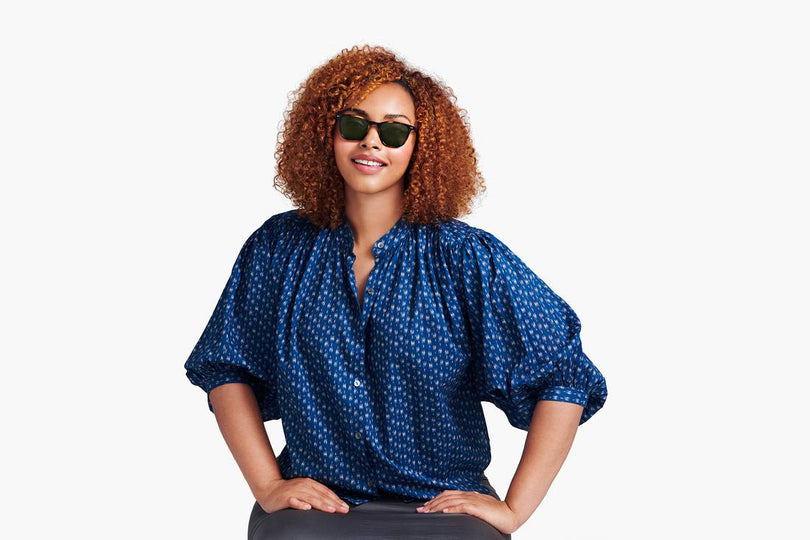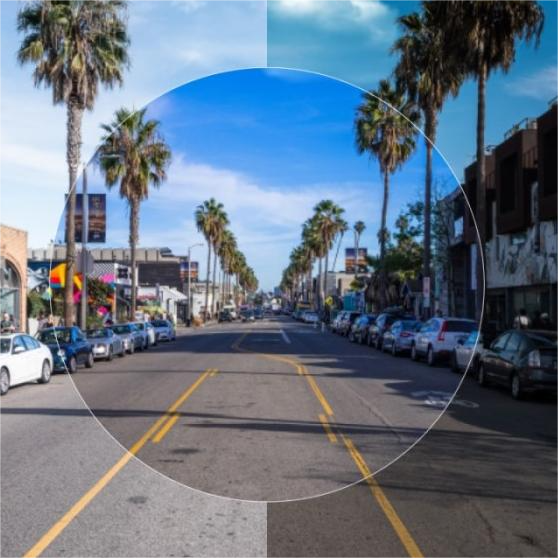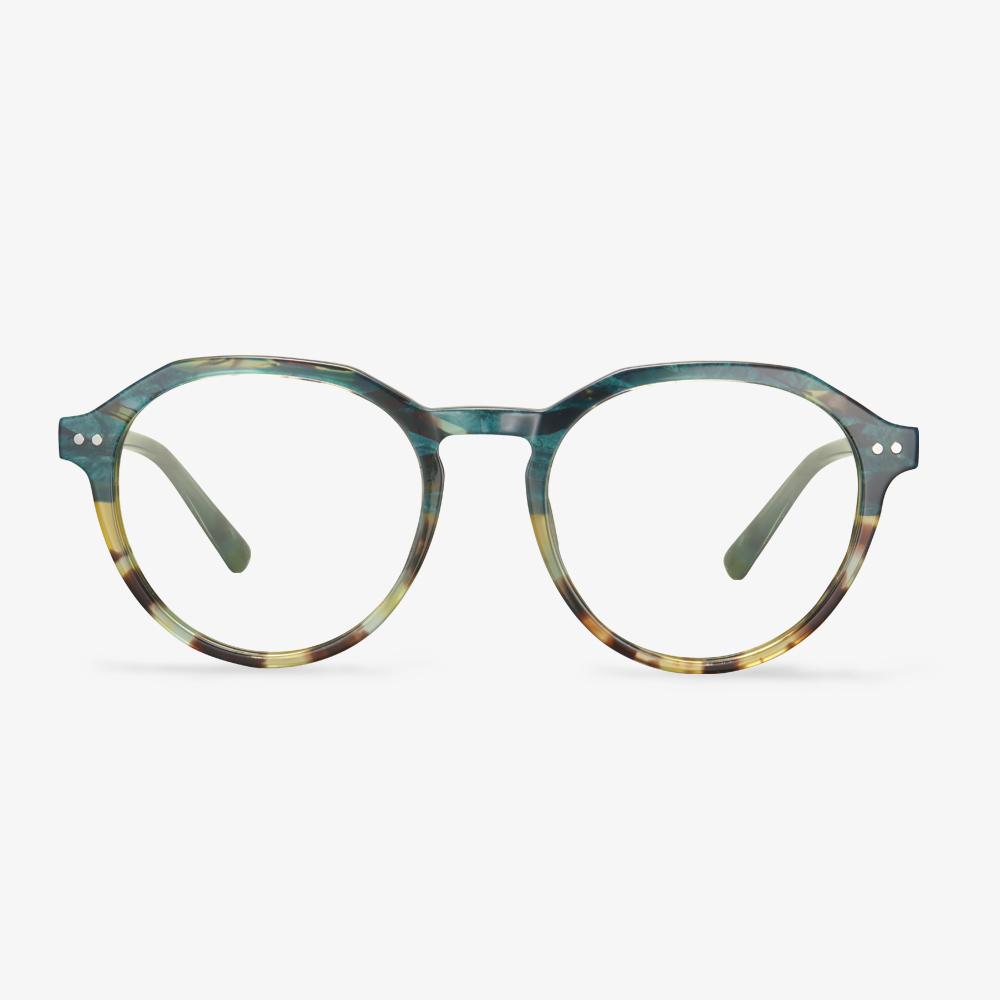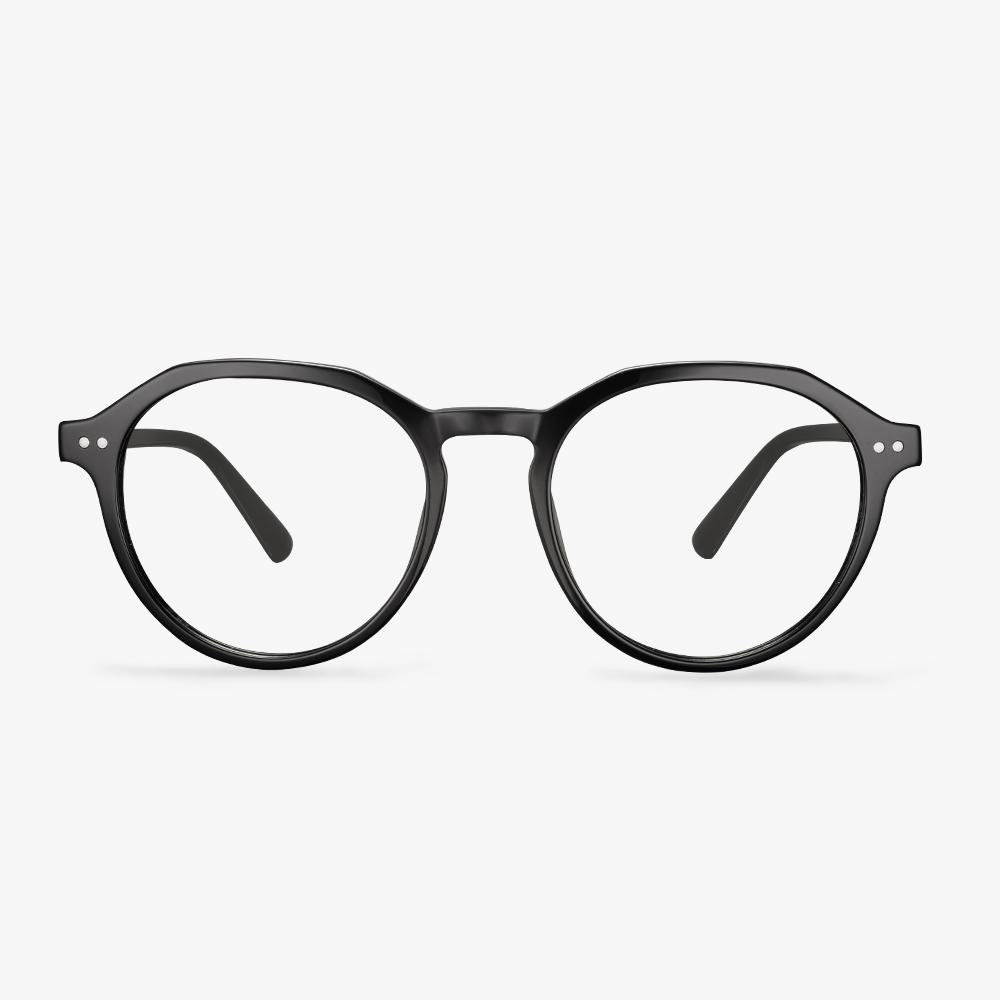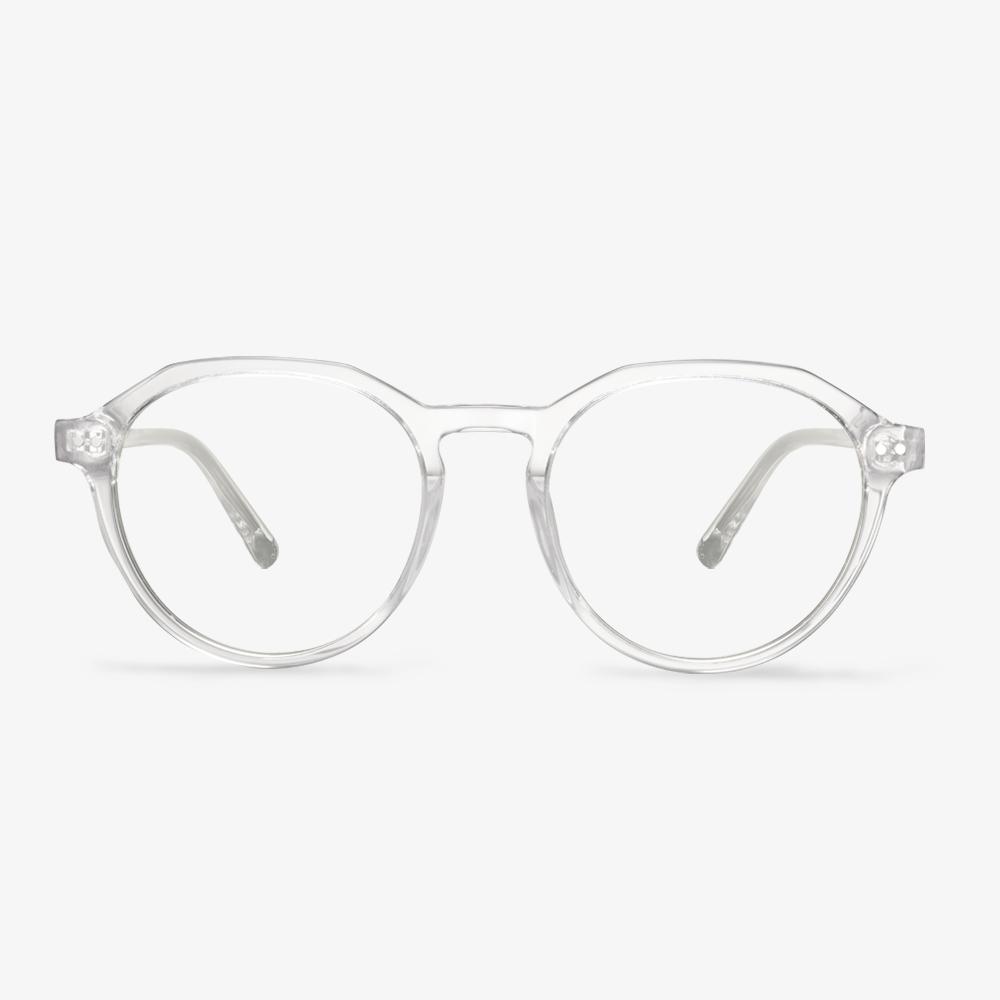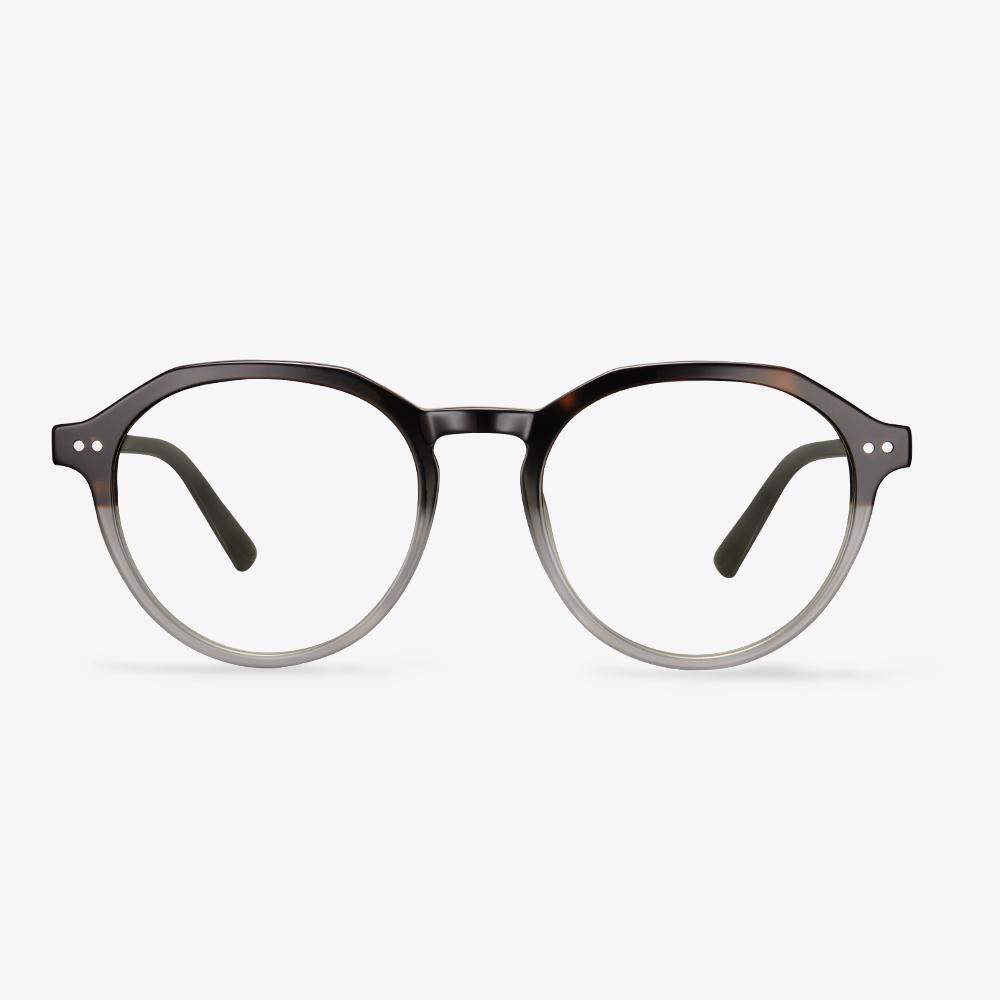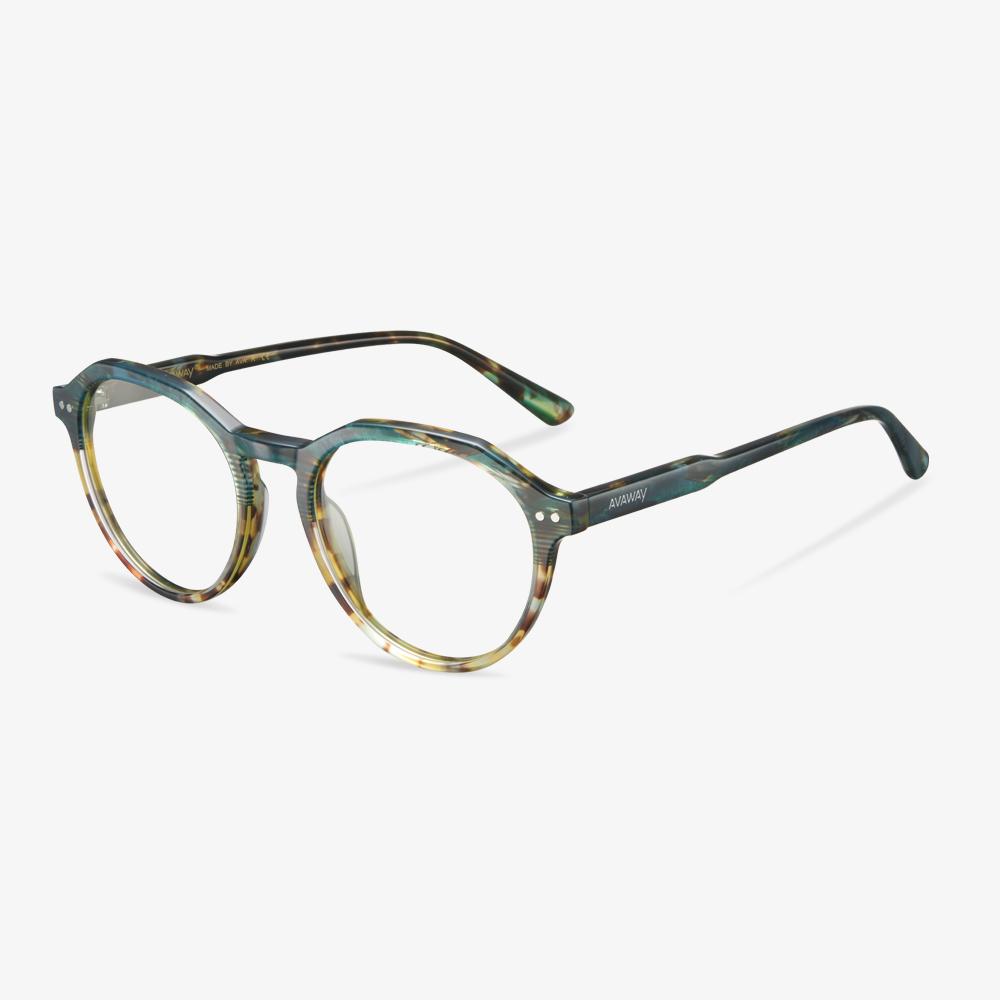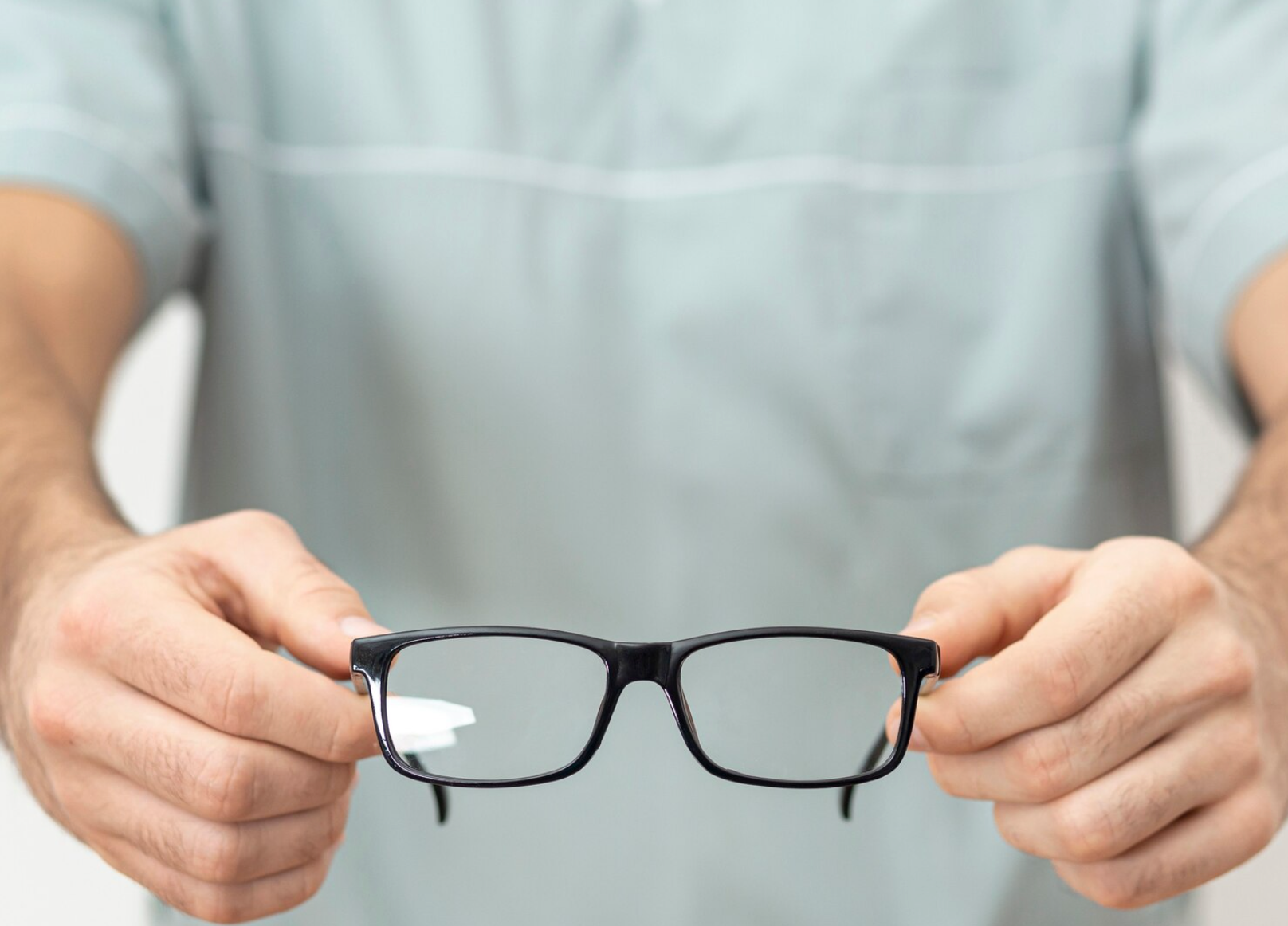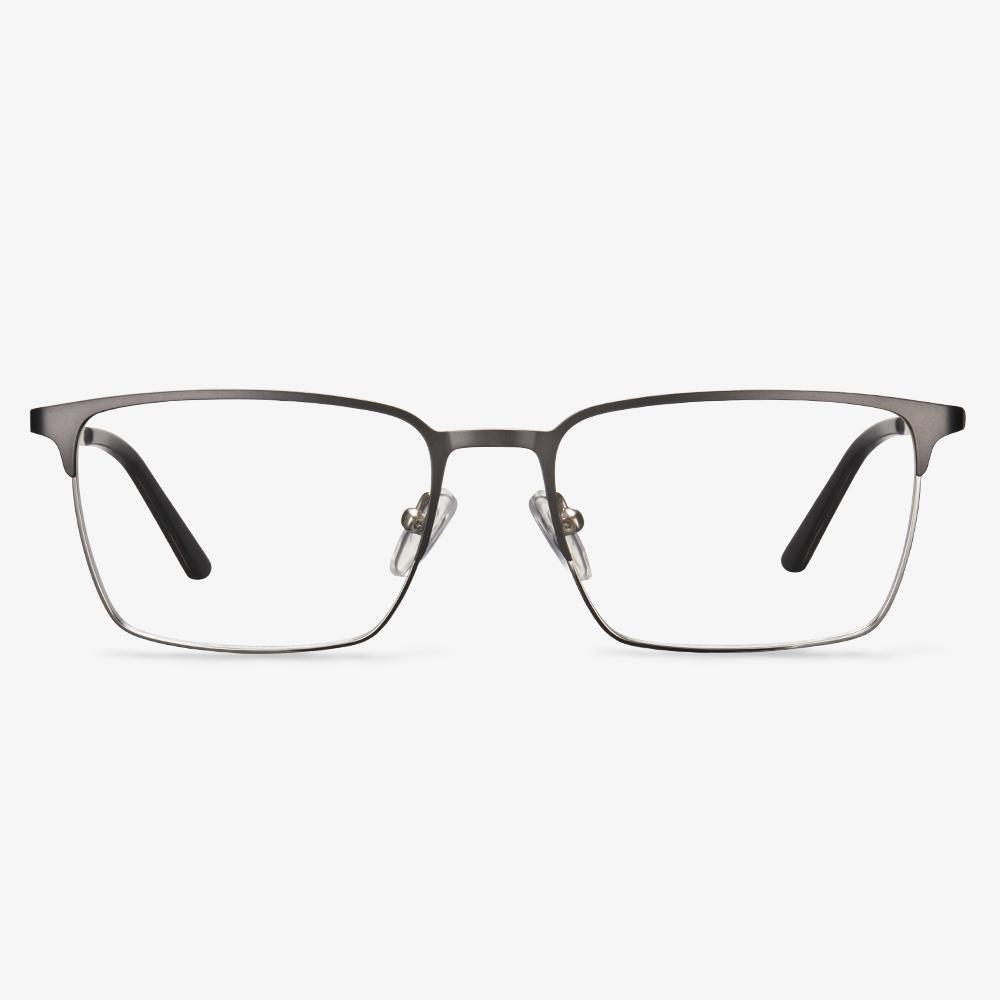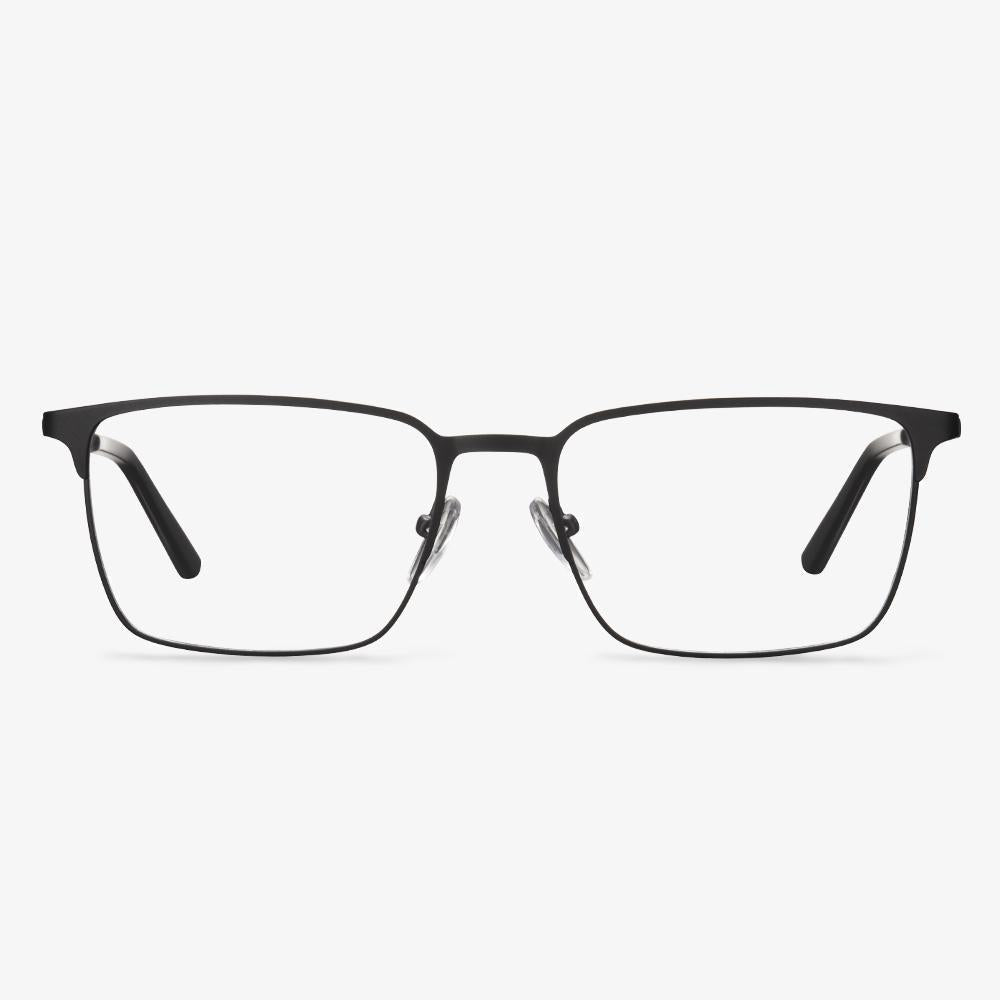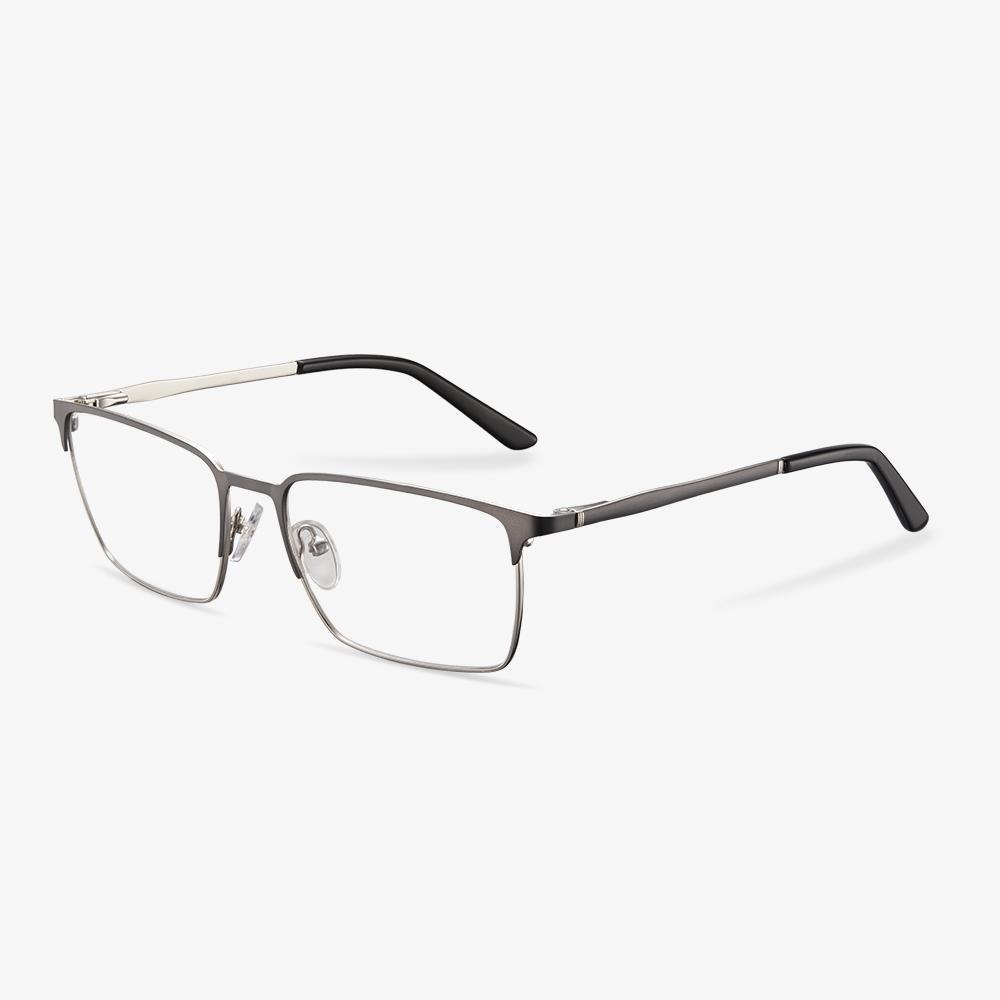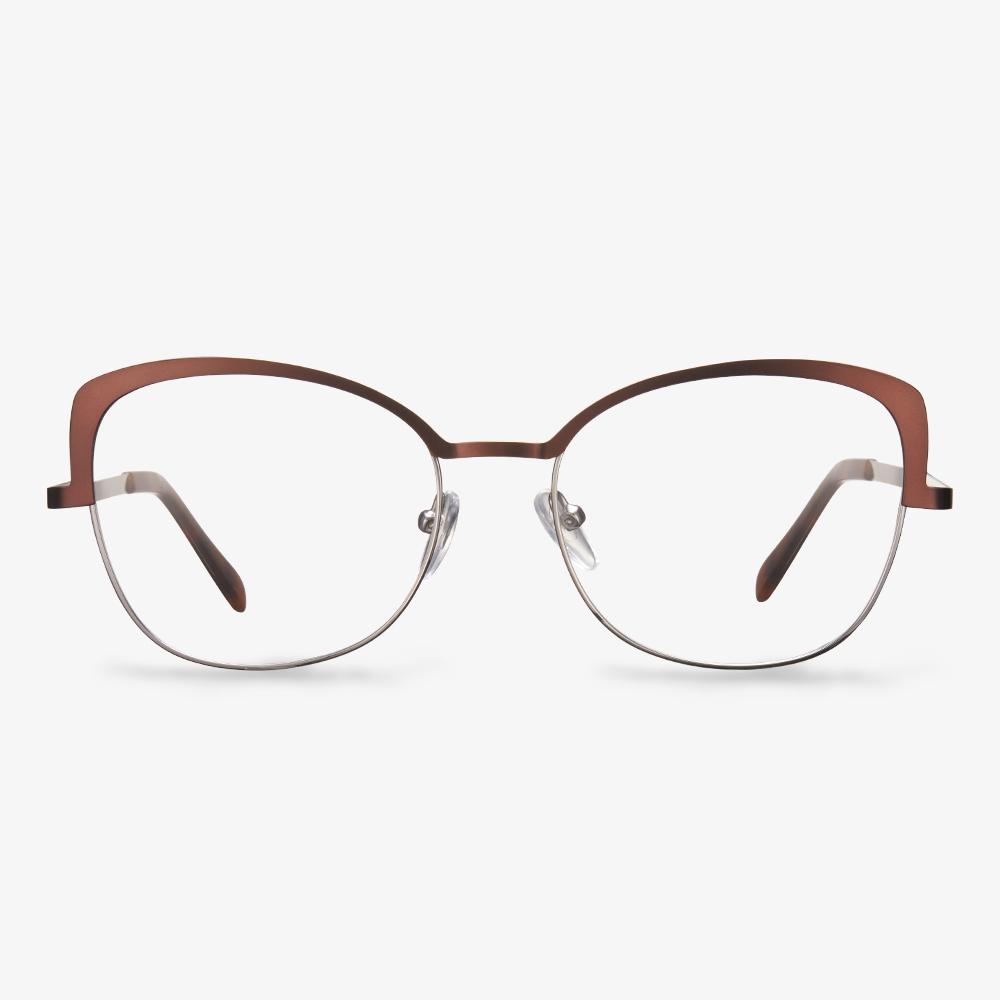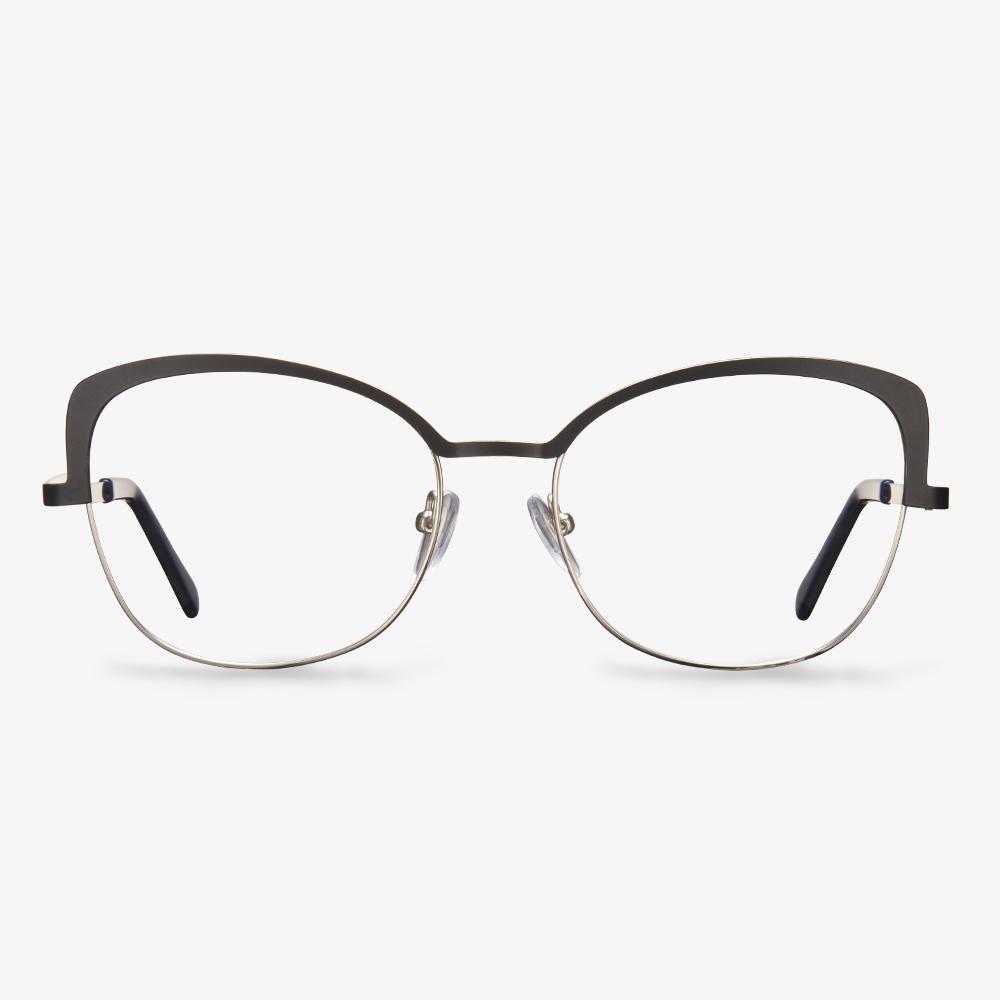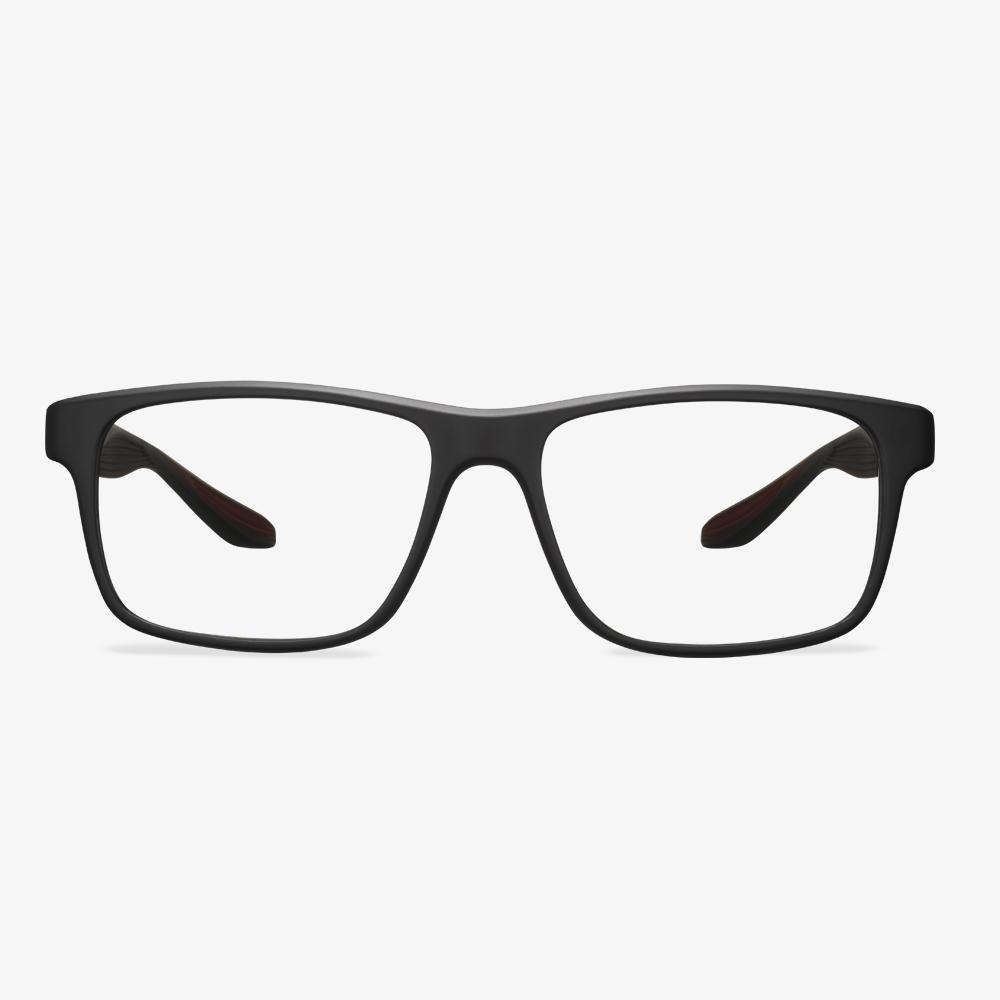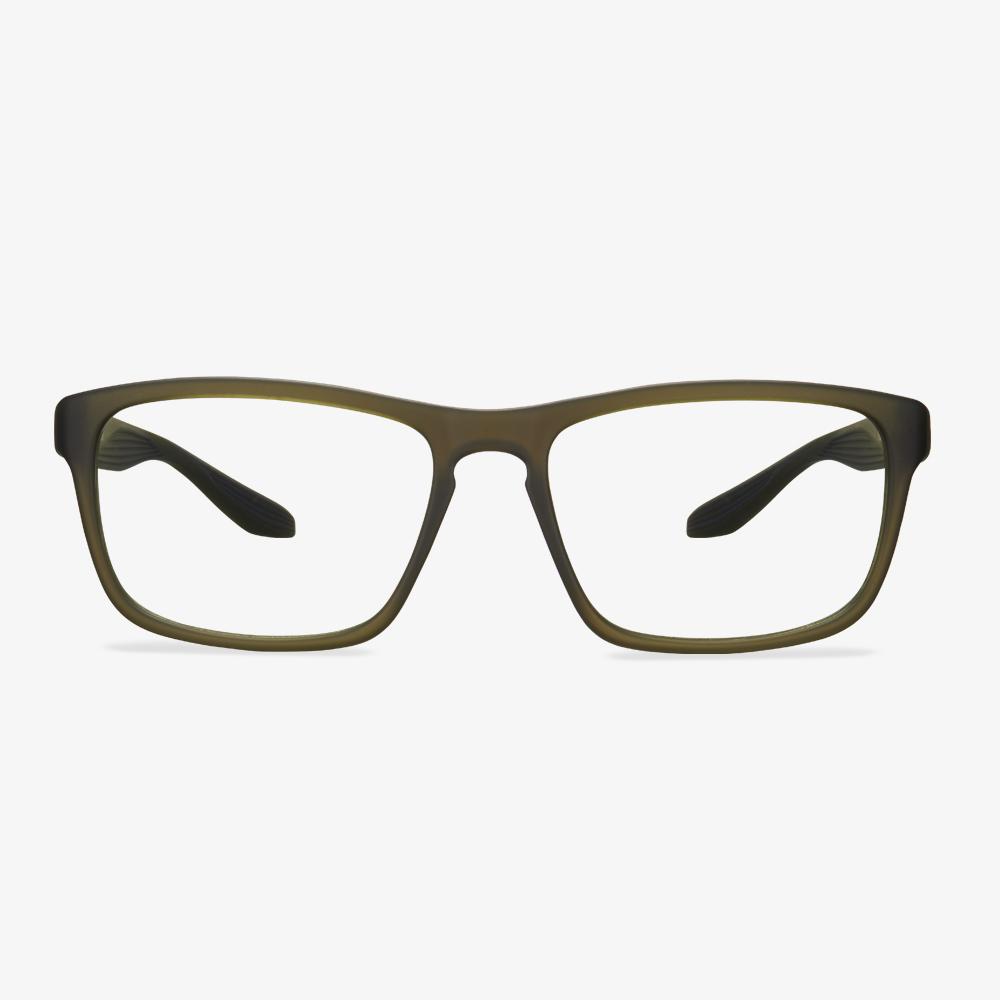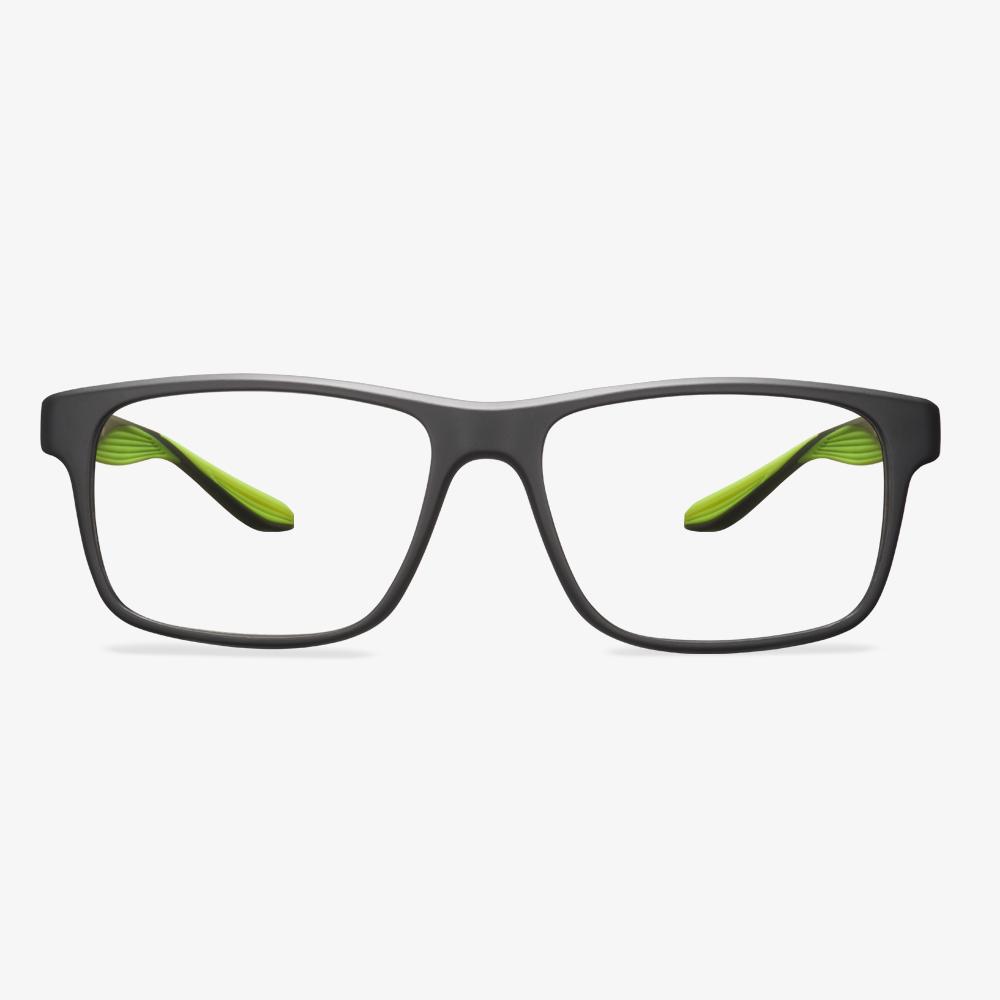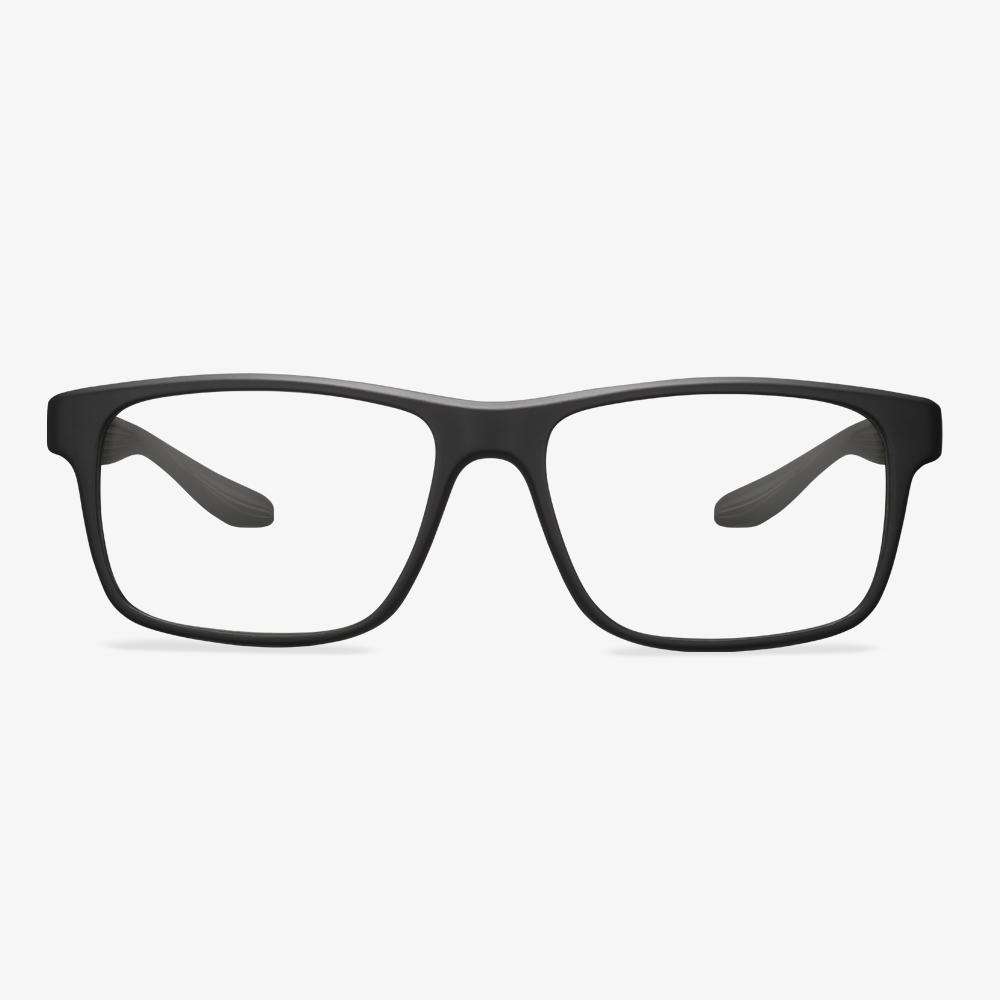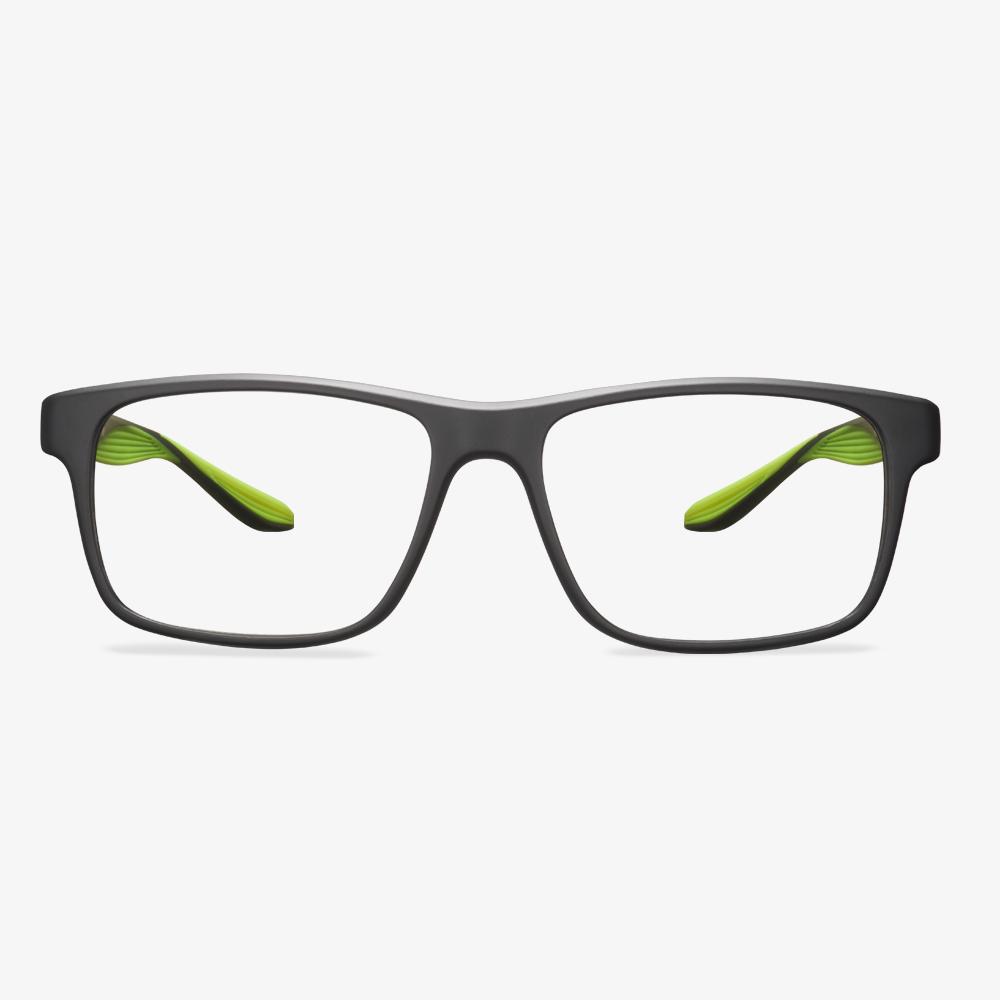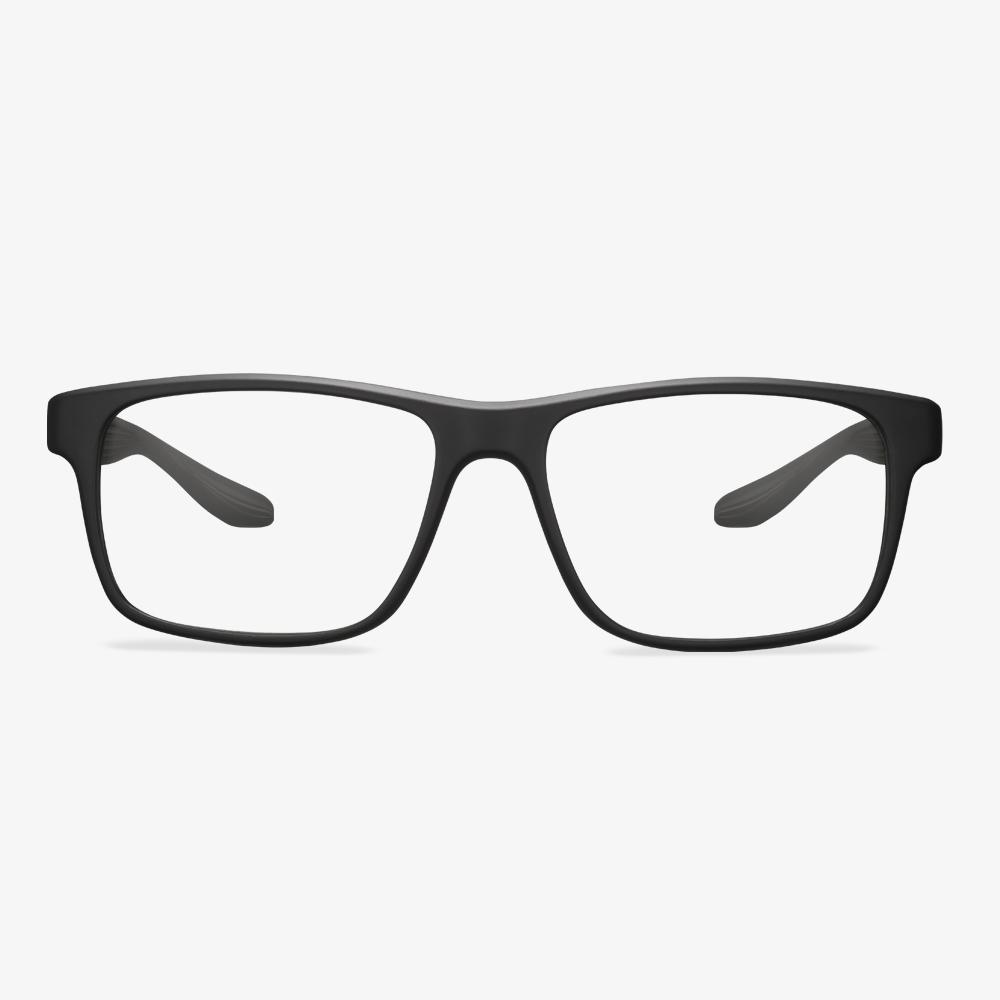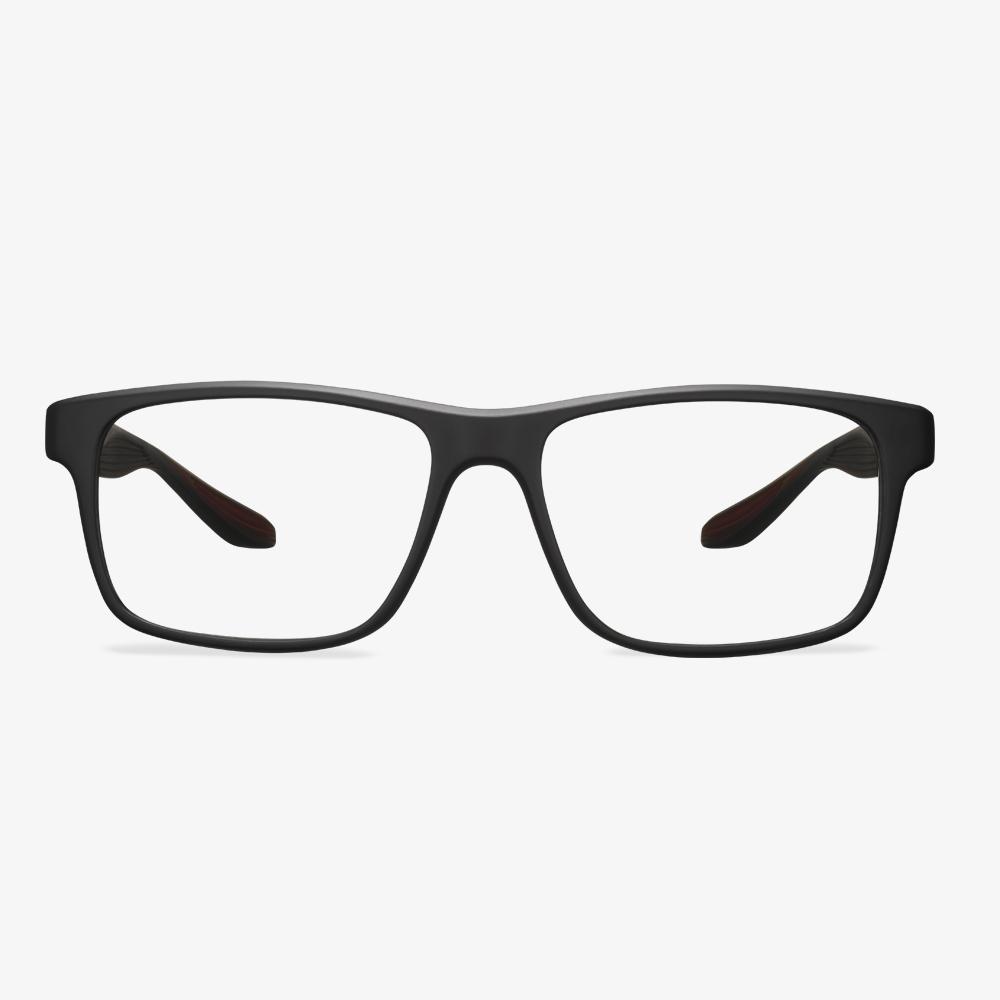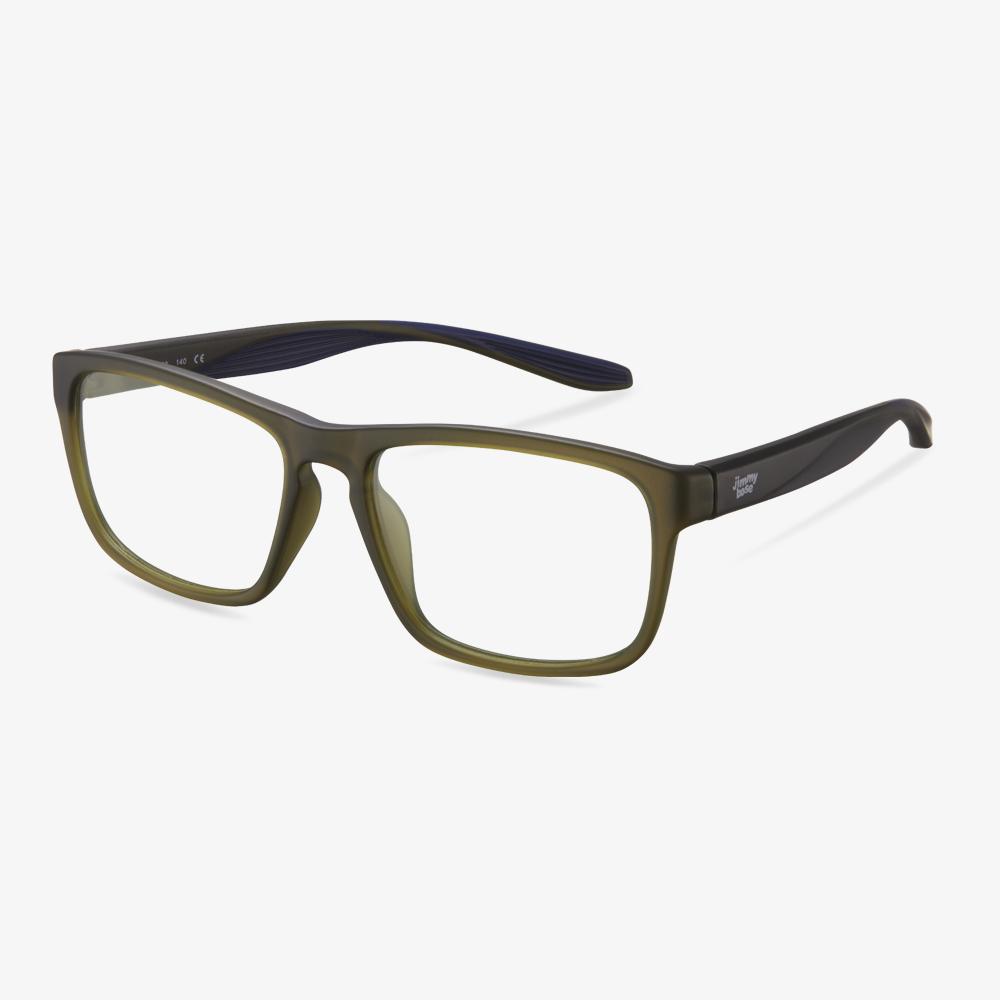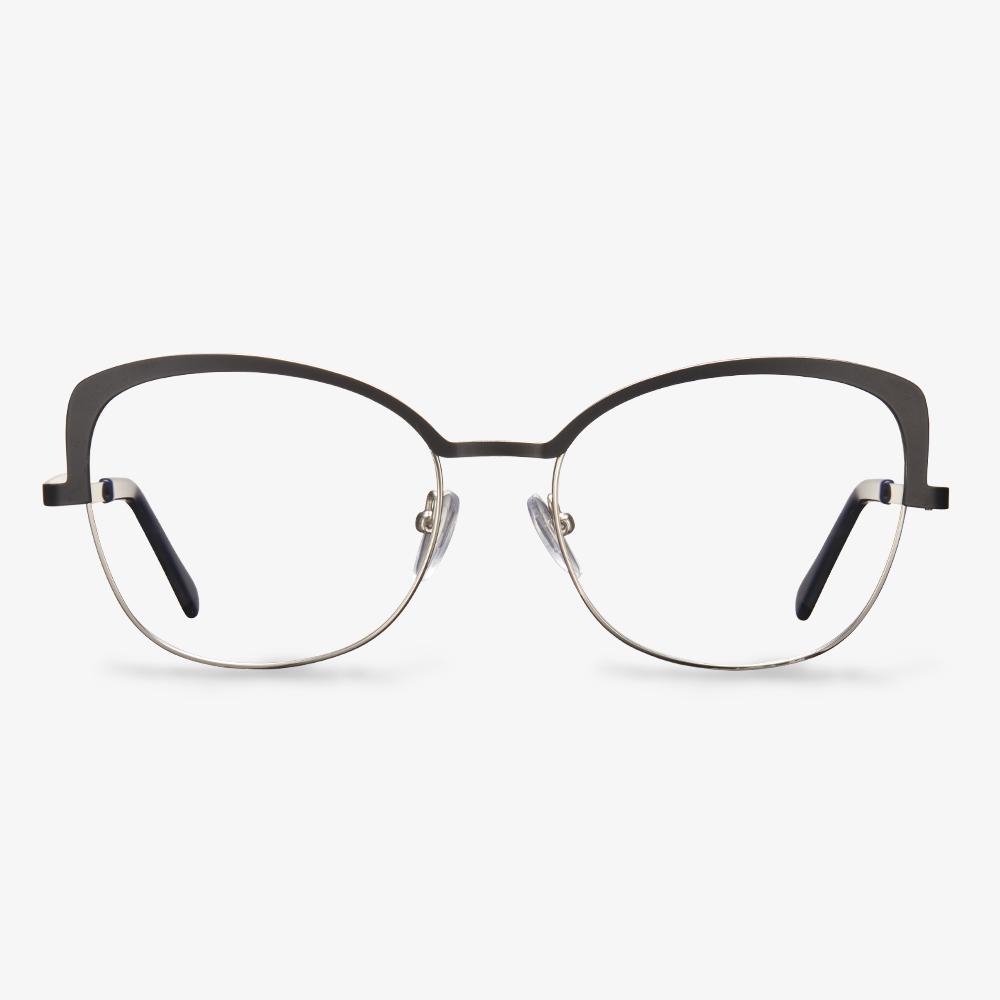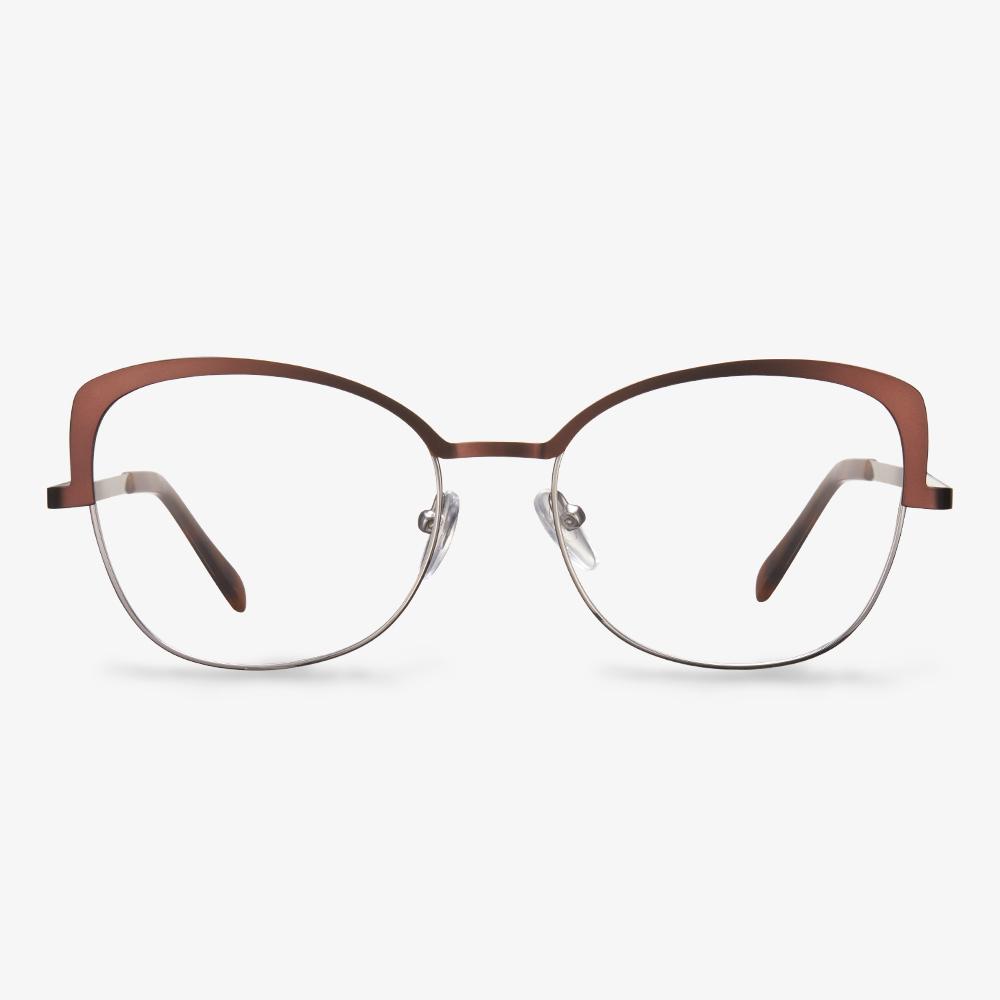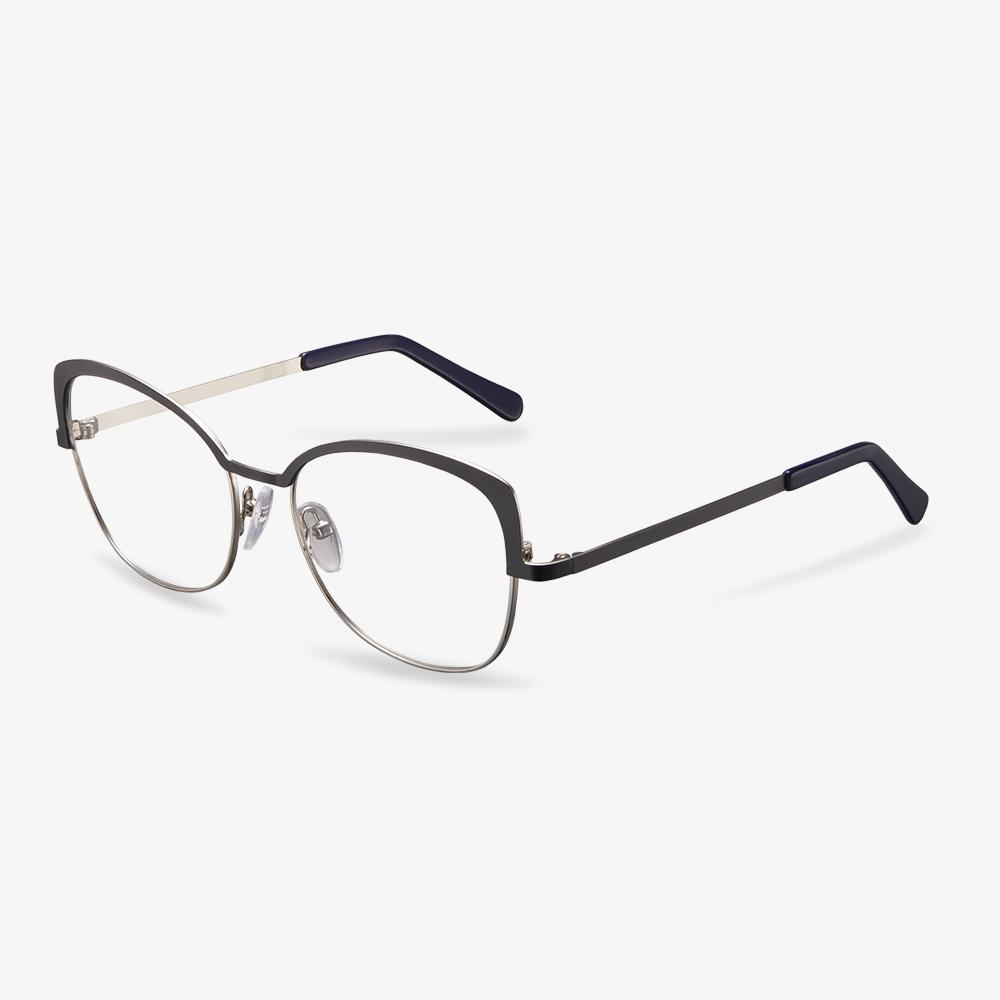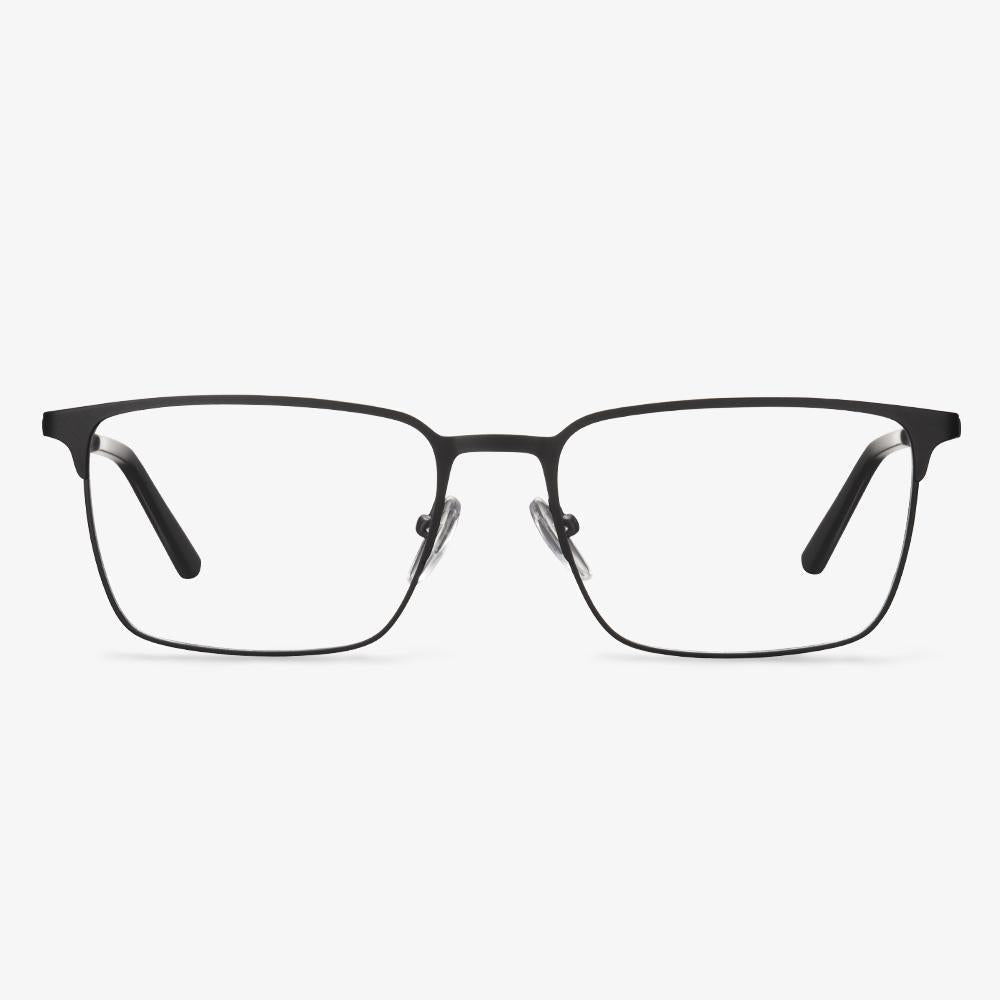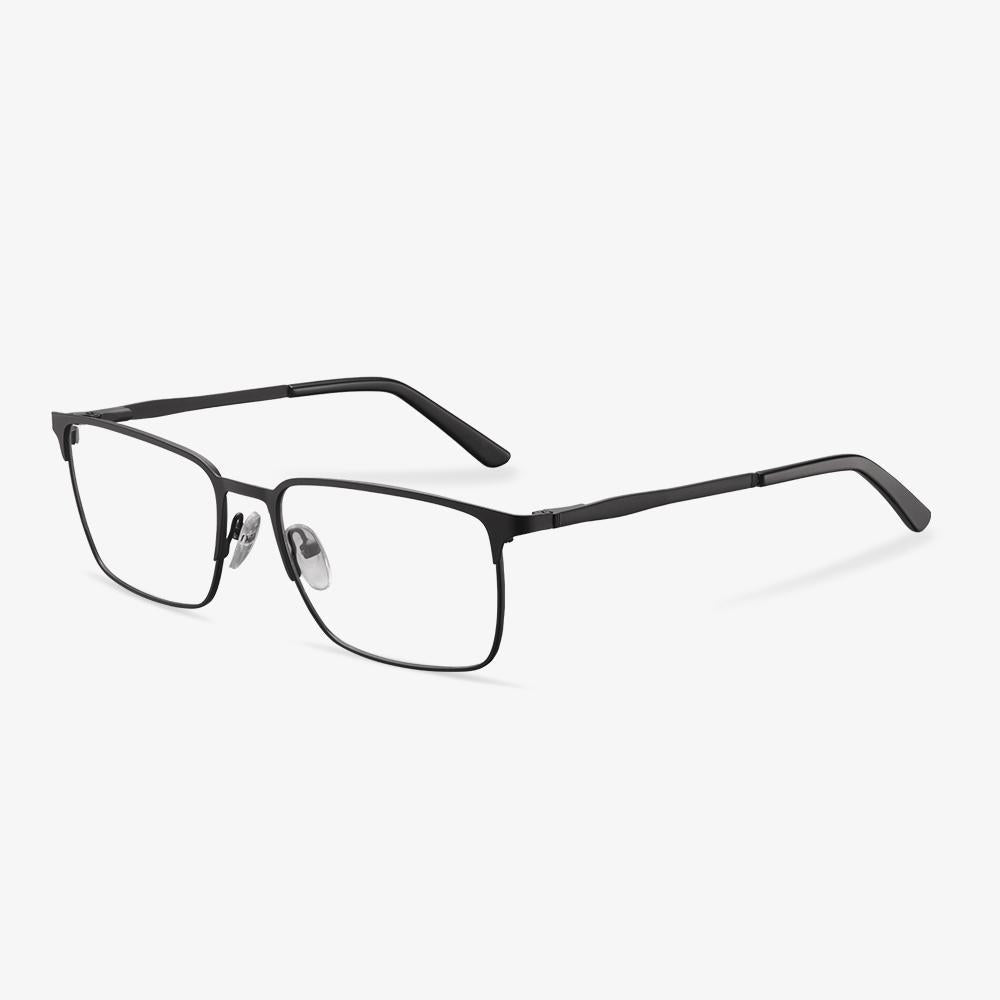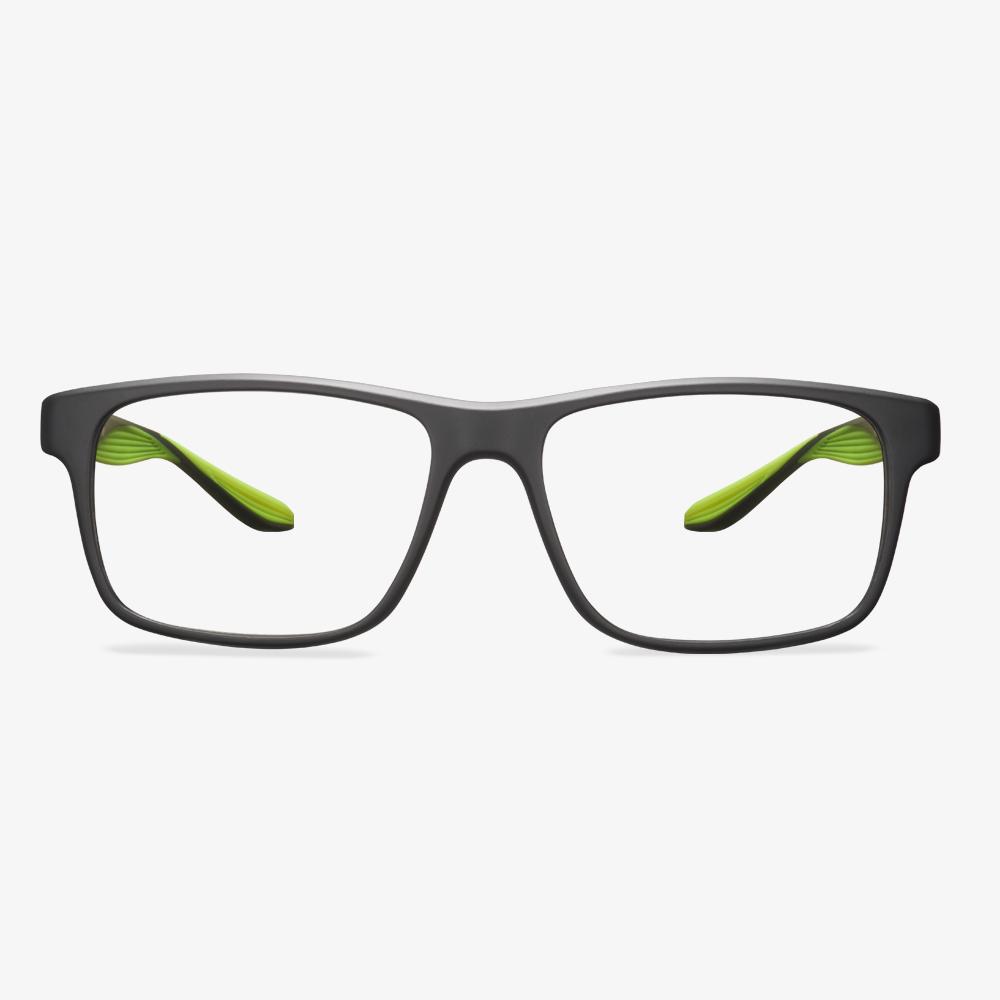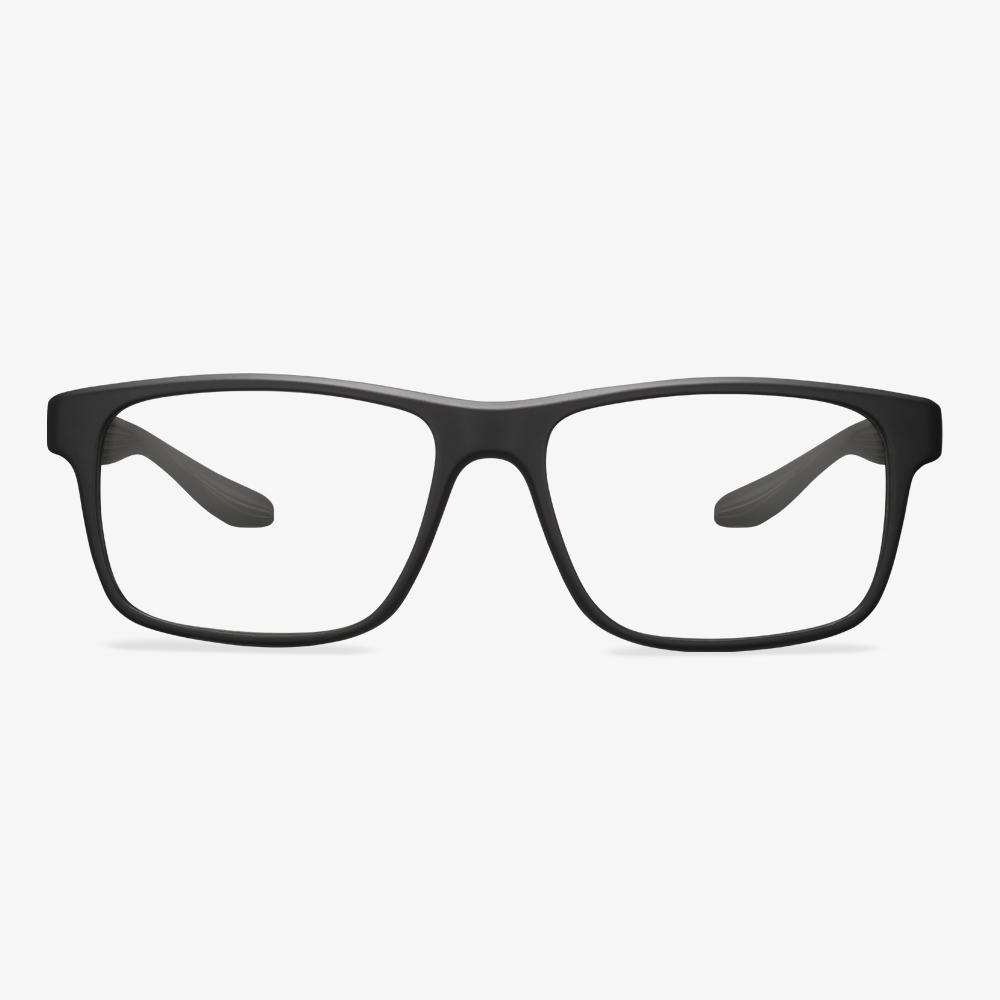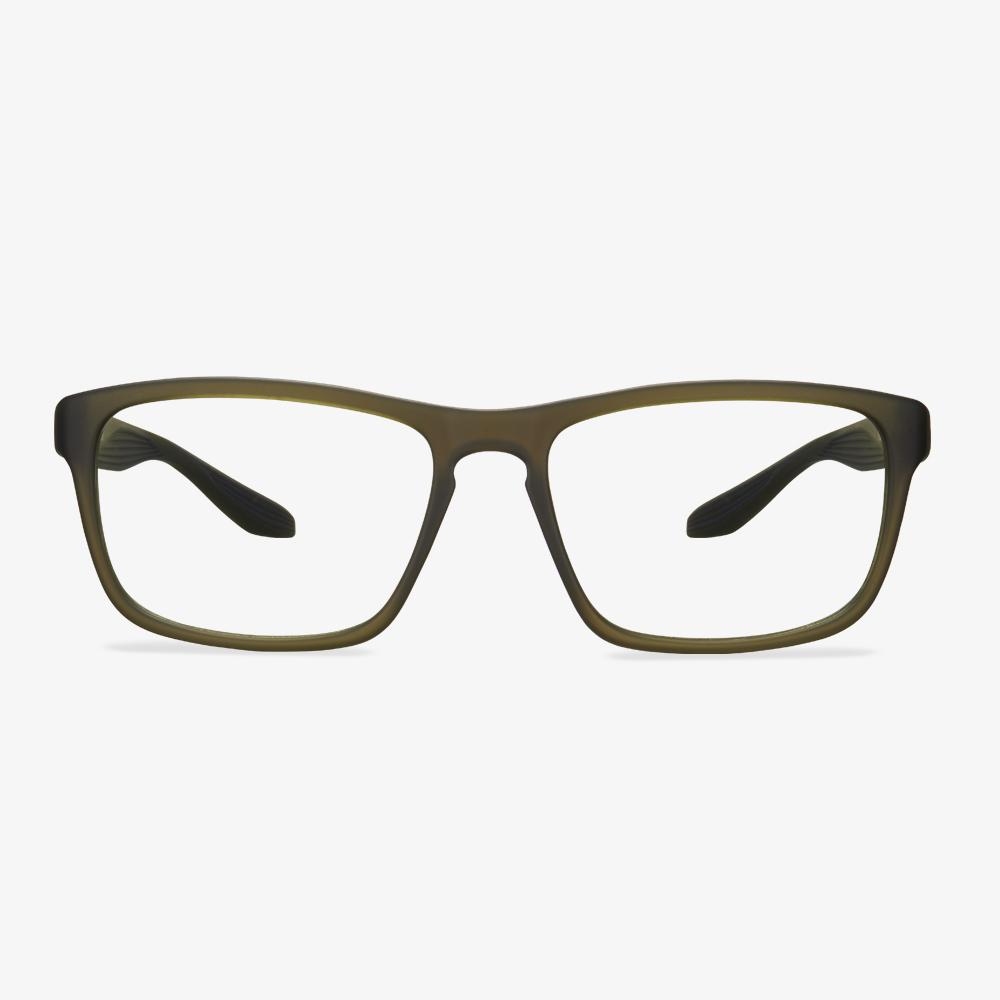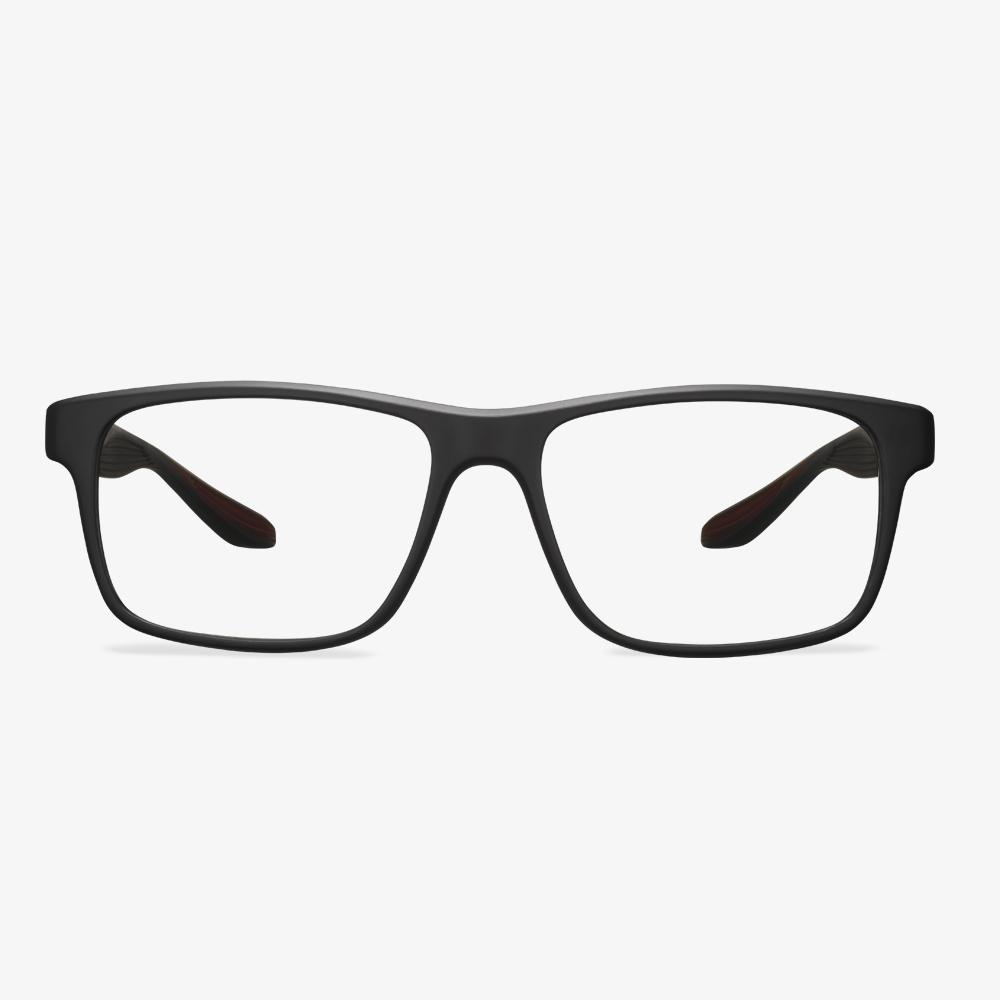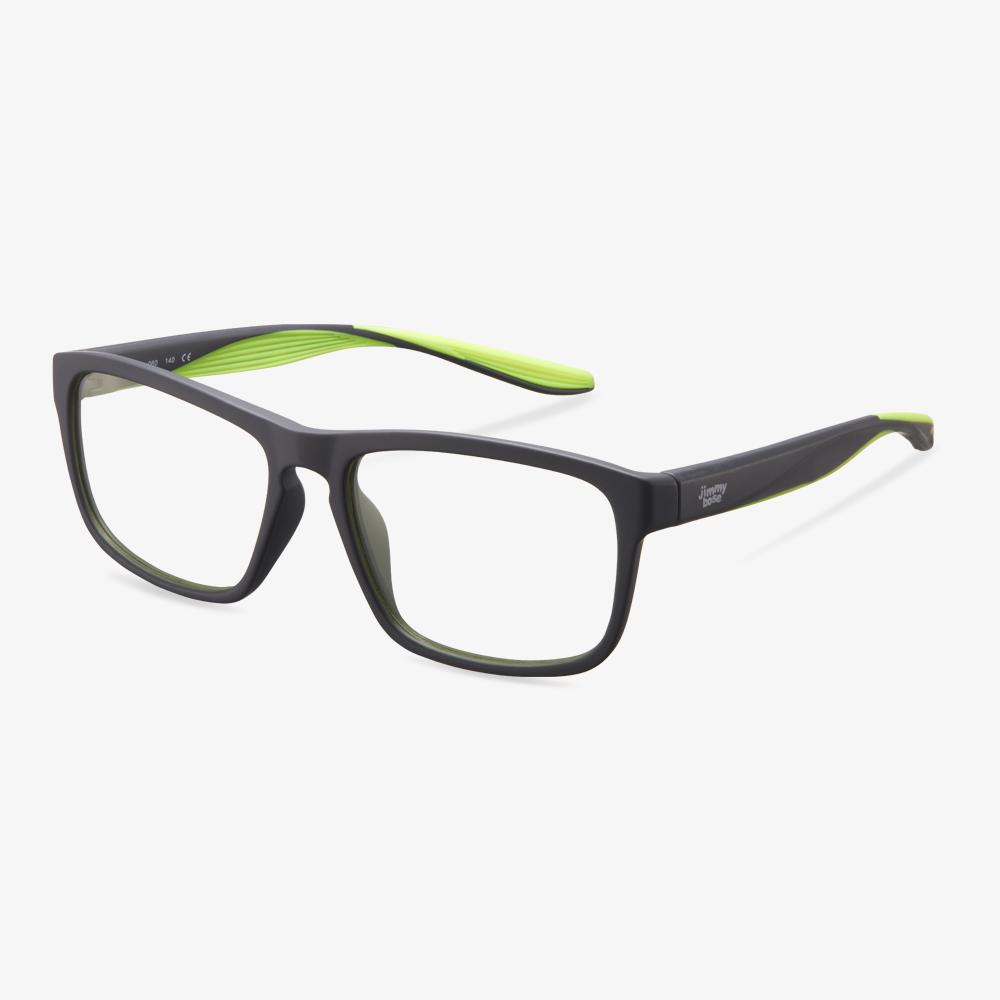Choosing the right eyewear can be a game-changer for your vision and overall comfort. Among the myriad of options, two popular choices are bifocal and progressive lenses. Both cater to specific vision needs, but understanding the differences is crucial for making an informed decision. In this guide, we'll delve into the world of bifocal vs. progressive lenses, exploring their features, benefits, and which might be the perfect fit for you.
Understanding Bifocal Lenses
Bifocal Lenses: A Snapshot
Bifocal lenses are designed to address two distinct vision corrections in a single lens. They feature a visible dividing line that separates the upper portion for distance vision and the lower portion for near vision. This design allows wearers to switch between prescriptions seamlessly.
Benefits of Bifocal Lenses:
- Clear Vision at Multiple Distances: Bifocal lenses provide sharp focus for both near and far distances.
- Easy Adaptation: Users often find it easier to adapt to bifocals due to the clear distinction between the two prescriptions.
- Cost-Efficient: Bifocal lenses are typically more budget-friendly compared to progressive lenses.
Exploring Progressive Lenses
Progressive Lenses: A Closer Look
Progressive lenses, on the other hand, are a modern solution for multifocal vision correction. Unlike bifocals, they don't have a visible line, offering a seamless transition between near, intermediate, and distance vision. This provides wearers with a more natural visual experience.
Benefits of Progressive Lenses:
- Smooth Transition: Progressives offer a smooth and continuous shift between different prescriptions, eliminating the need for abrupt adjustments.
- Cosmetic Appeal: With no visible lines, progressive lenses provide a more aesthetically pleasing appearance.
- Varied Focal Points: They cater to intermediate vision needs, which can be particularly beneficial for computer work.
Factors to Consider When Choosing
Lifestyle and Daily Activities
Consider your daily routine and activities. Are you frequently switching between near and far distances, or do you need to focus on intermediate distances, like computer screens?
Aesthetic Preferences
Do you prefer the clean look of progressive lenses, or are you comfortable with the visible line in bifocals?
Adaptation Period
Keep in mind that adapting to progressive lenses may take a little longer compared to bifocals due to the absence of a dividing line.
Budget Considerations
While bifocal lenses are typically more budget-friendly, it's essential to weigh the benefits and choose based on your specific needs.
Conclusion: Making the Right Choice
Ultimately, the decision between bifocal and progressive lenses boils down to your unique vision requirements and lifestyle. Whether you prioritize seamless transitions or cost-effectiveness, both options offer their own set of advantages. Consulting with an eyewear specialist can provide valuable insights tailored to your specific needs. Remember, the perfect eyewear is the one that complements your lifestyle and ensures optimal vision clarity for years to come.







